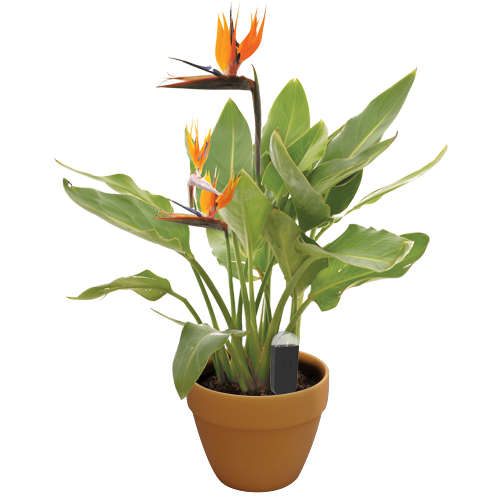Kigelia africana
分類
家族Bignoniaceae
属Kigelia
ゾーン10
もっと詳しく知る
Plants of the World Onlineについて
Kigelia africana, commonly known as the sausage tree, is native to tropical Africa. It is named for its large, sausage-shaped fruit. The tree can grow up to 20 meters tall and is known for its striking red flowers. It thrives in seasonally dry tropical climates and is often found along riverbanks and floodplains.
としても知られている
African Sausage Tree
Pohon Sosis
Sausagetree
Sausage Tree
Sotor Aethiopiumm
Bignonia africana
Kigelia aethiopica var. abyssinica
Kigelia aethiopica var. bornuensis
Kigelia aethiopica var. usambarica
Kigelia africana var. aethiopica
Kigelia pinnata var. tomentella
Kigelia tristis
Tecoma africana
Tripinna africana
Tripinnaria africana
概要
詳細
お手入れ方法
Kigelia africana requires bright, direct sunlight and moderate temperatures. It prefers a seasonally dry environment and should be watered sparingly, allowing the soil to dry out between waterings. The tree thrives in moderate humidity and should be protected from frost.土壌
The sausage tree prefers well-draining loamy soil. It can tolerate a range of soil types but performs best in soil that is not too rich in nutrients. Good drainage is essential to prevent root rot.肥料
A balanced fertilizer with an N-P-K ratio of 10-10-10 can be applied during the growing season. Fertilize sparingly, as the tree does not require high nutrient concentrations.植え替え
Repotting is generally not necessary for Kigelia africana when grown outdoors. However, if grown in a container, repotting should be done every 2-3 years to refresh the soil and provide more space for root growth.伝搬
Propagation is typically done through seeds or cuttings. Seeds should be soaked in water for 24 hours before planting. Cuttings can be taken during the growing season and should be kept in a warm, humid environment until roots develop.剪定
Pruning is necessary to maintain the shape and health of the tree. Prune during the dormant season to remove dead or diseased branches and to shape the tree. Avoid heavy pruning as it can stress the tree.毒性
The fruit of Kigelia africana is toxic if ingested raw. It contains compounds that can cause severe gastrointestinal distress. The tree is also toxic to pets, so care should be taken to prevent animals from consuming any part of the plant.追加
Kigelia africana is often used in traditional medicine and has various applications, including treating skin conditions and infections. The tree is also valued for its ornamental qualities and is often planted in parks and gardens for its unique appearance.植物の手入れに革命を起こす
すべてのプラントをスマートに


